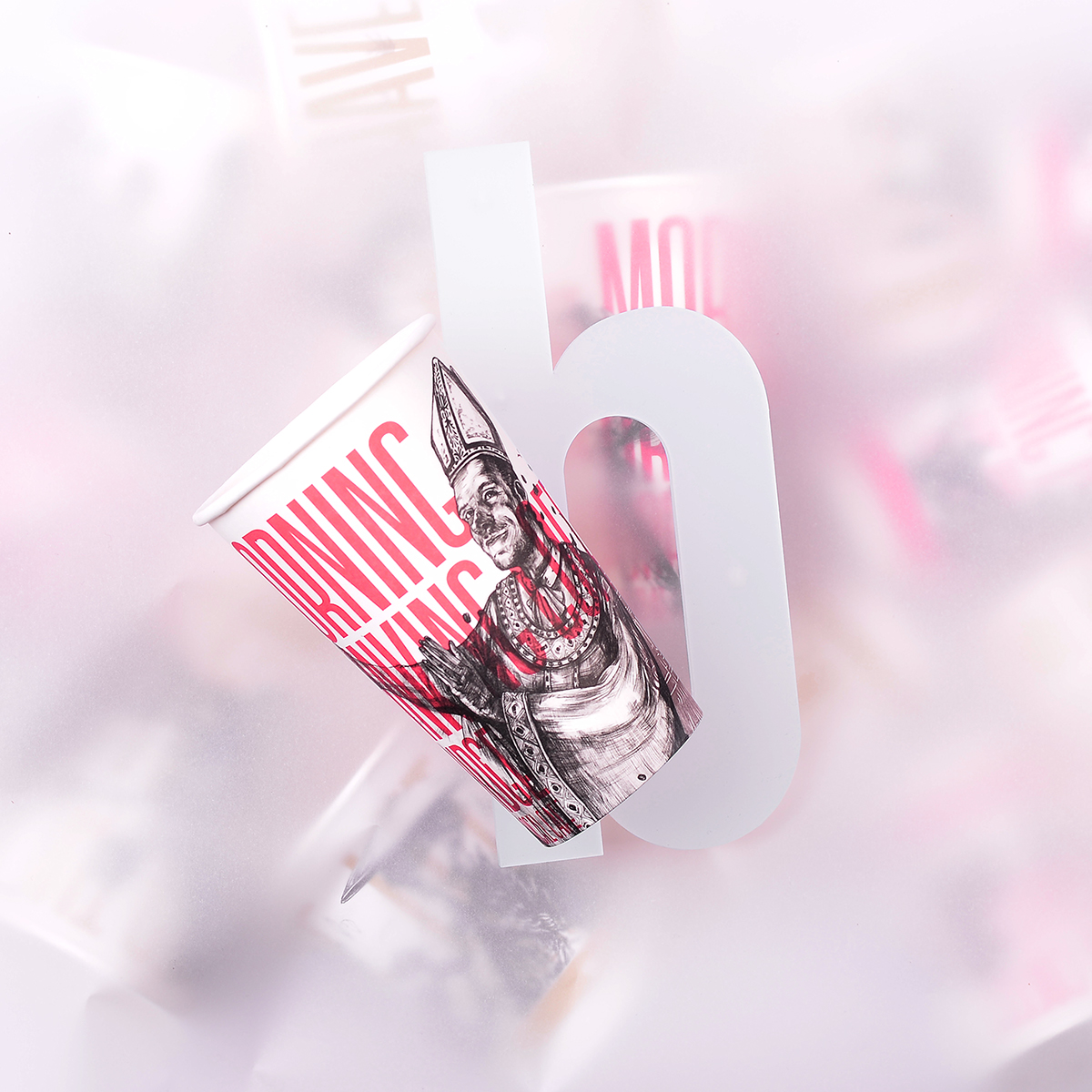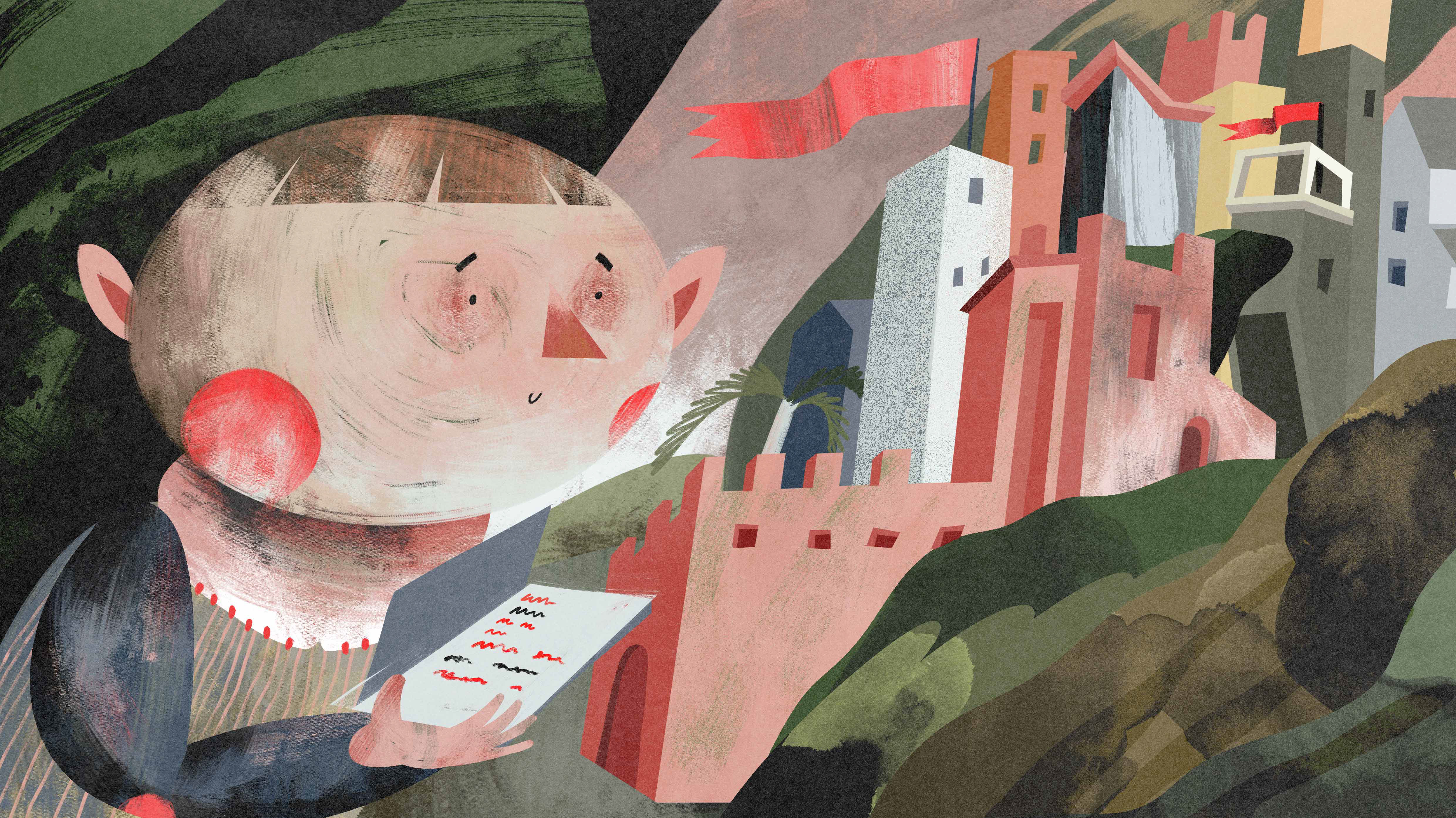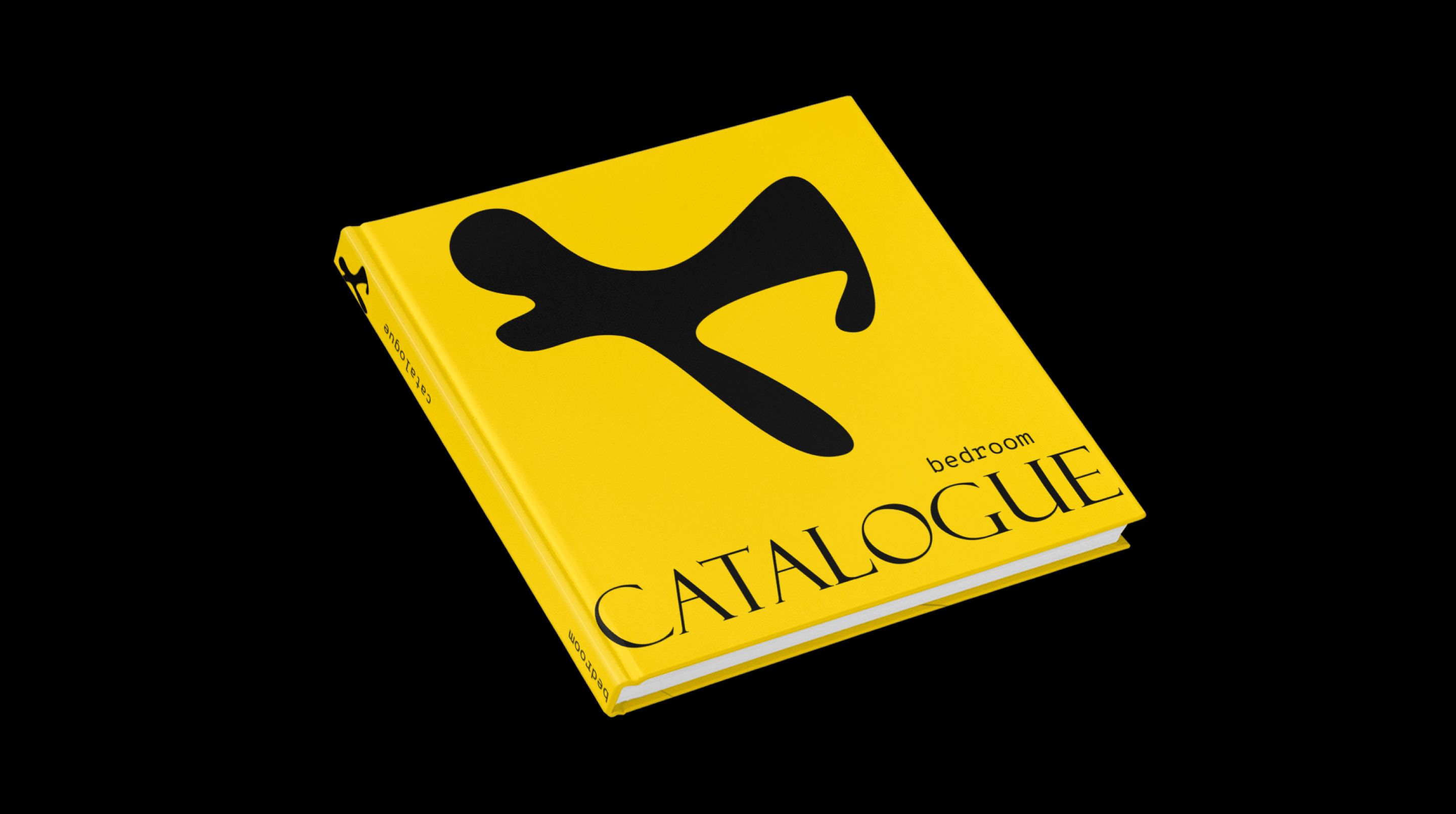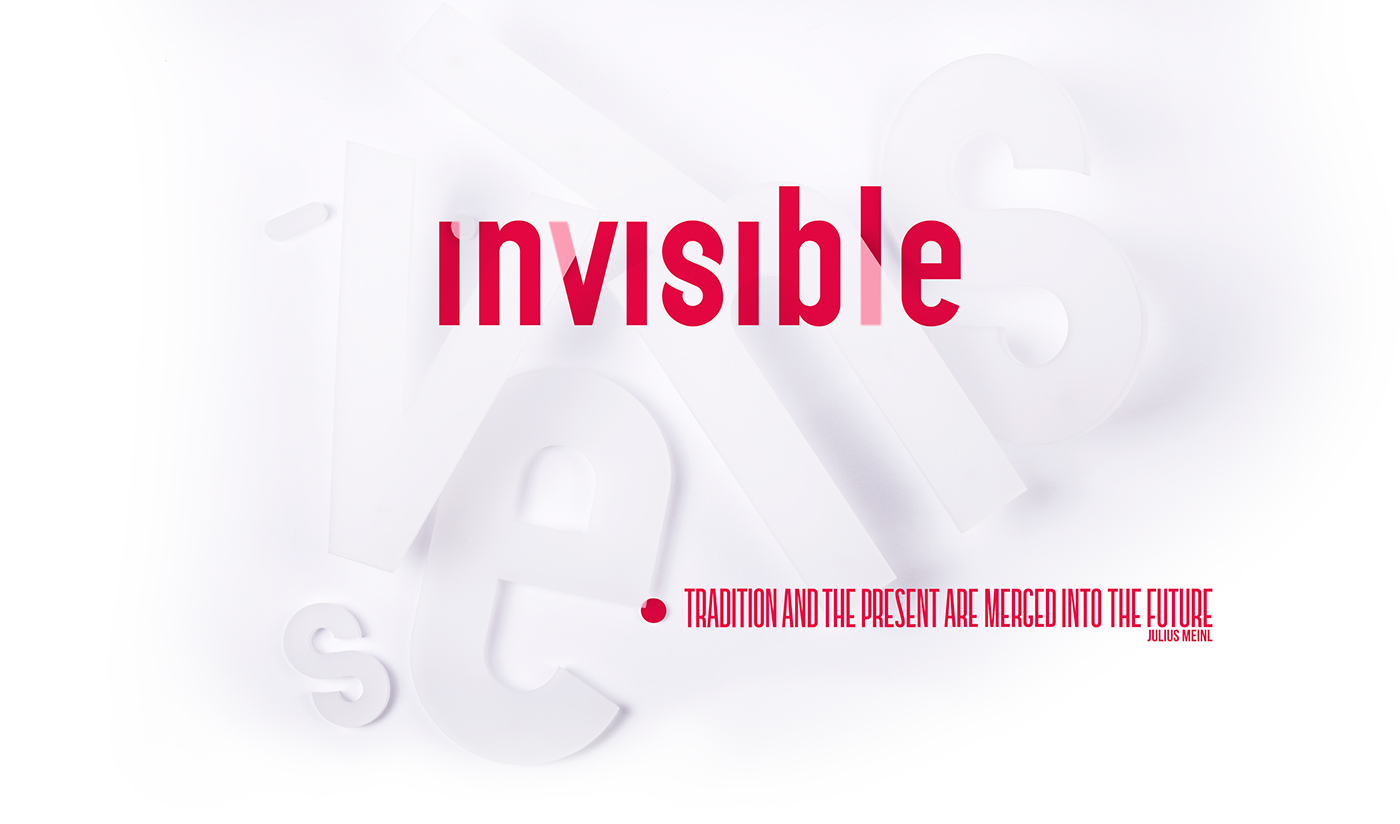
paper cups collection designed for exhibitions
Invisible - collection of custom designed disposable coffee and tea cups for exhibition spaces. Based on one of the 2017 consumption tendencies, the project aims to set forth a new experience for a consumer, to grab inert visitor's attention, to make visitor stop for a moment and marvel. Design sends a message of hot beverage rituals and traditions smothered by routine when at the same moment innovative press technologies allow visitor to be surprised




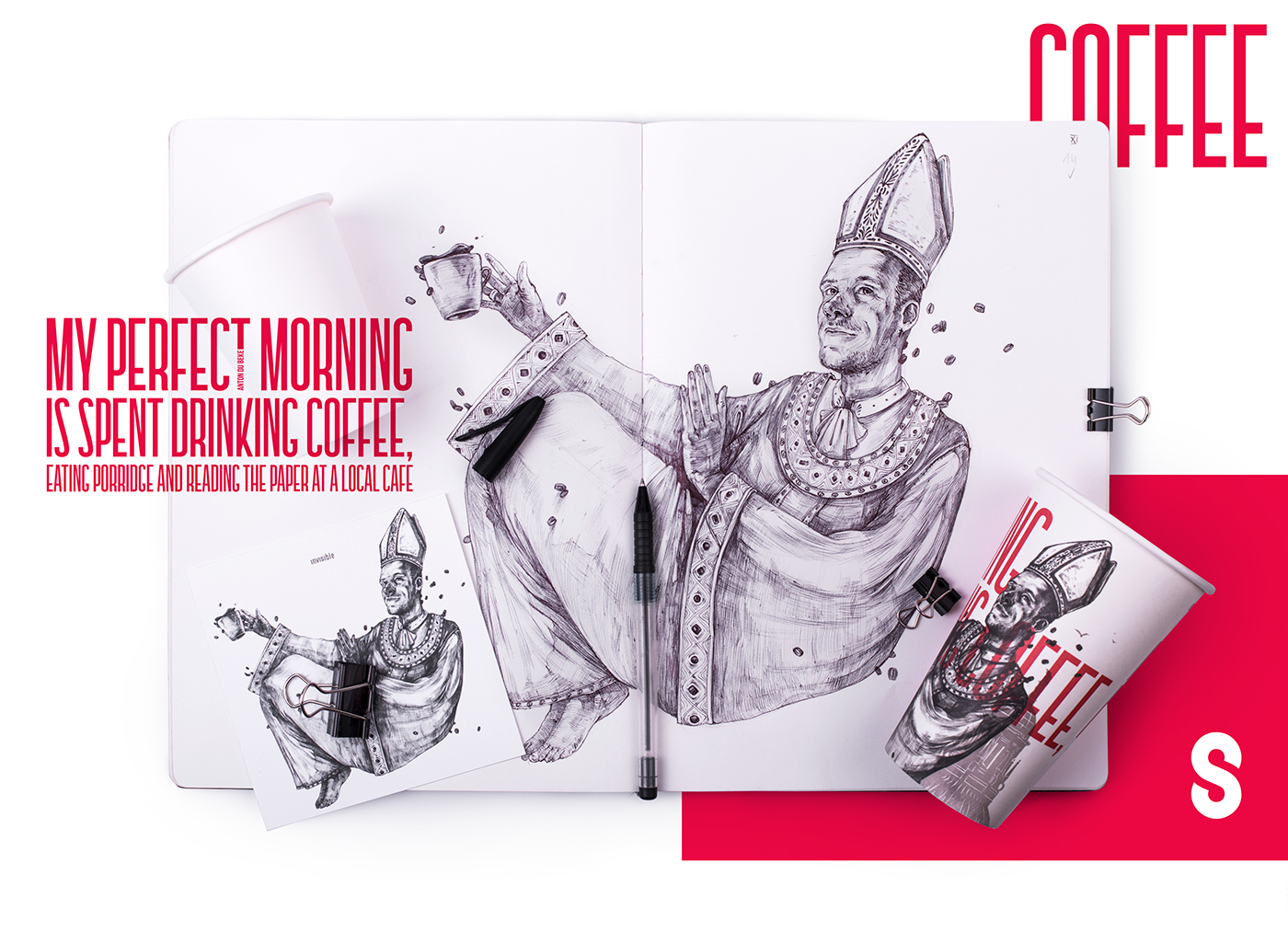

Video Operator: Tomas BUJAUSKAS
Video Editing: Emilija PETKŪNAITĖ





1. There once lived Shen Nung the Emperor of China whose routine was to drink boiled water. One morning, as he was preparing it, a tea leaf brought by wind fell into his cup. Out of curiosity, the emperor decided to try this infusion. It was delicious and refreshing. It is said that it was in 2737 BC that Shen Nung discovered the tea. Out of sheer luck, a leaf fallen into a cup of hot water has started its glorious journey around the world.
3. The legends about the rise of tea are often told in the context of complacency and meditation. In Japan, it is told that one monk was meditating for seven years when he fell asleep. He felt so ashamed of himself that he cut off his eyelids and put them into the soil. There, tea shrubs started growing with leaves in the shape of eyelids.
4. The news about tea did not take long to spread across Europe. This beverage became popular once used in the royal family when the King Charles II of England married the Portuguese princess Catherine of Braganza and became a passionate tea lover. Courtiers soon followed this trend. Tea beverage became trendy but costly thus affordable only to the wealthy.
6. In the eighteenth century, in the homes of the rich, tea drinking became an important part of big ceremonies. China, in which tea was served, reflected family's wealth. It was also an opportunity for sophisticated ladies to compare their pale skin and delicate bone structure to Chinese porcelain's fragility. At that time, these two features were seen as hints of woman's chastity




3. At all times, various tribes had enemies. Some of them were superior because of their location, others were better armed or had better diplomatic abilities. However, one tribe in Ethiopia had an unusual advantage provided by coffee berries about which still very few people knew. Initially, the soldiers of this tribe would eat the berries raw or crush and mix them with animal fat rolled up into little balls. Later, berries were used to make infusions. Making use of these berries' simulating properties, the tribe soon had an advantage over other tribes and extended their territory. Because of that of course, the news about coffee berries gradually spread more widely and the secret was revealed.
4. Coffee beans spread across Europe very quickly. Here, they have come via Turkey when the first packages arrived at Venice in 1630. The gates to the coffee era were then opened. Shortly after, the first coffeehouses were opened in Italy. They became popular with artists and intellectuals; However, coffeehouses caused a clergy upheaval. The church representatives called coffee The Devil's Drink. The tense situation did not last long. The Pope Clement VIII became so fond of coffee that he gave it his blessing. Since that day, Italians were able to enjoy this beverage.
5. Popularity of coffee is often talked about in the context of discrimination against women. They were not allowed in the coffeehouses. According to the history, coffee berries beverage was linked to manly missions and achievements. In 1674, women lost their patience and announced a petition saying that coffeehouses lured their husbands out of their family homes and even caused impotence. Men, of course, disagreed with it and even felt offended. Despite this fact, little by little, women started attending coffeehouses.
7. There is an interesting story about coffee in Germany. The first coffeehouses were opened there in 1677 in Hamburg. Soon, they were established everywhere in the country. People would drink coffee in the morning to wake up, after a copious meal in the afternoon, and in the evening while in the company of friends. Coffee happened to reduce consumption of beer - a very popular drink in Germany. Society became more sober, more intellectual therefore every decision was judged in a more rational way.
